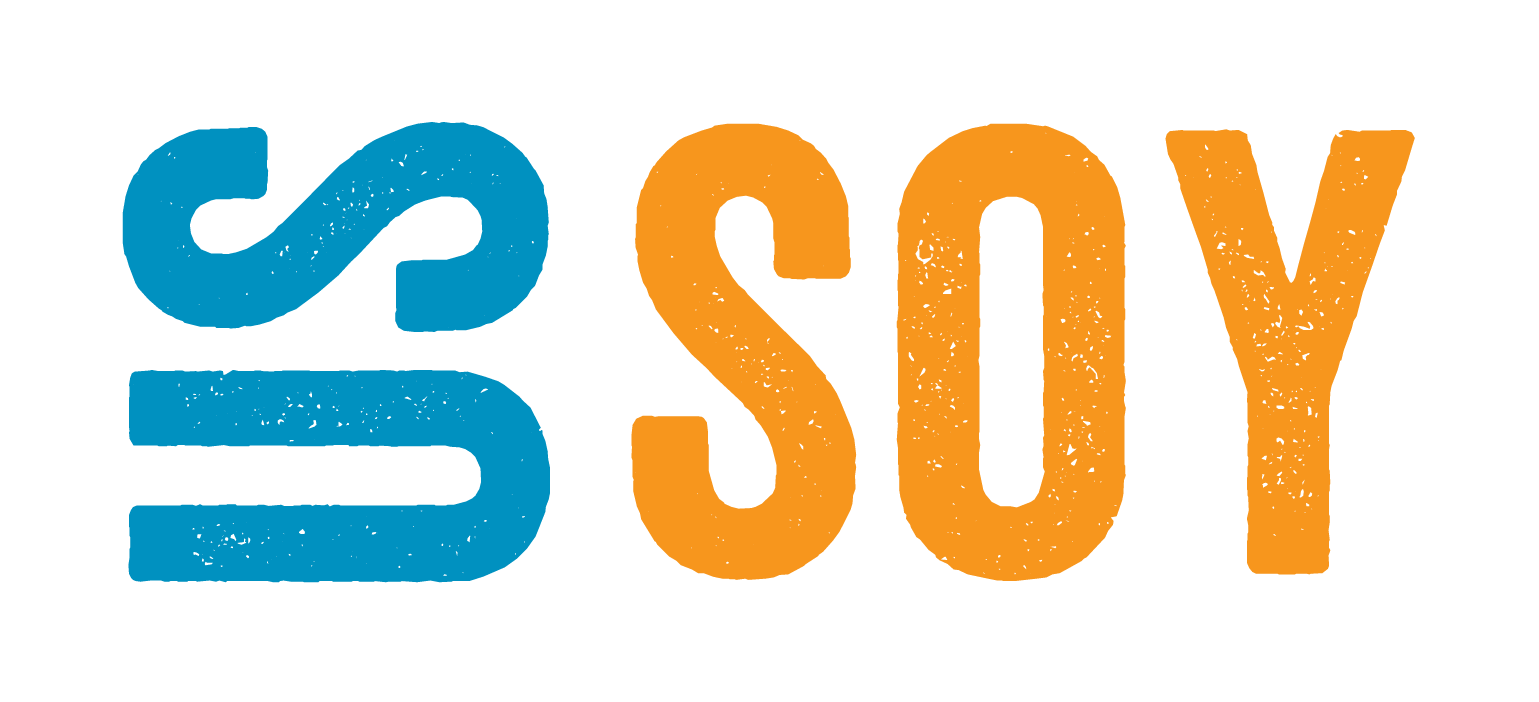Soy: A Truly Sustainable Alternative to 1,000s of Products?

Soybeans, a humble legume, have spent years quietly sowing the seeds of a revolution that stretches far beyond the dinner table. No longer confined to tofu or soy milk, the incredibly versatile crop is branching into industries with products that promise a greener footprint. From the clothes we wear to the energy that powers our homes, soy is proving to be a sustainability titan, championing the environment without compromising functionality.
Here’s our overview of the products that are making use of soy as an alternative input – and why that’s good news for business, consumers and the natural environment.
Plastics
The plastics industry – notorious for its climate and pollution impacts – is truly embracing soy technologies, spurred by corporate sustainability ambitions and consumer demands for safer products. Unlike their synthetic counterparts, bioplastics derived from renewable soy crops break down harmlessly. Innovators are combining soy with polyethylene and polypropylene resins to create numerous applications. For example, non-toxic soybean oil is being used for flexible PVC and soy-based plasticizers are capable of replacing phthalates, the chemicals used to make plastic soft and flexible that are detrimental to human health.
Ford has been a pioneer in using soy-based foam for seat cushions, seat backs and headrests in its vehicles, something it has been doing since 2008 with the Ford Mustang. The Bangkok-based Universal Biopack uses soy and other natural materials to create biodegradable packaging.
Biodiesel
Similarly, the biodiesel sector loves to work with soybean oil as a cleaner-burning substitute to fossil fuels to power cars, trucks and industrial heating systems with lower carbon emissions. If all of the soybeans produced in the U.S. every year were used for biodiesel production, the country could produce 5.1 billion gallons – almost 4% of the 135.7 billion gallon of gasoline used by Americans annually.
Lubricants and coatings
Industrial lubricants and greases are getting a sustainable makeover with soy oils. Their excellent lubricity and high viscosity index mean they are not just environmentally safe but also perform efficiently under a wide range of temperatures, often outperforming petroleum-based lubricants. Companies like BioBlend produce a range of lubricants and greases derived from renewable resources, including soy.
In the world of coatings, soy has a history of more than 60 years in the production of alkyd resins and oil-based paints. The inherent qualities of soy, such as its ability to repel water, make it perfect for water-resistant coatings that are durable and flexible. The industry utilizes various soy derivatives for creating coatings, such as UV-curable resins and soy-modified latexes. The push to reduce volatile organic compounds (VOCs) and boost sustainability has led to innovations like soy-based oligomers as replacements for petroleum-based resins and soybean oil-based polycarbonate polyols. Sherwin-Williams’ waterborne UV-curable floor coatings that incorporate soy are a good example of how commercial and industrial flooring applications can be shaken up.
Household goods
Soy has quietly infiltrated the household sector, offering a sustainable edge to the products we frequently use.
One of the key ingredients derived from soy that’s making a significant impact across various industries is methyl soyate, a methyl ester obtained from soybean oil. This biodegradable and low-cost alternative to traditional solvents offers companies high solvency and low toxicity, making it safer to handle and store. It’s no wonder it’s gaining traction as a perfect component in environmentally friendly industrial cleaners, strippers, and even in applications for oil spill clean-ups.
Elsewhere, soy candles are rising in popularity. They burn cleaner and longer, minimizing soot and indoor air pollution. Soy-based surfactants and solvents are being used by the likes of Seventh Generation and Simple Green to create non-toxic detergents and multipurpose cleaners still capable of tackling grime. And paints and stains derived from soy oil are providing homeowners with a green alternative for their DIY projects, with fewer VOCs emitted and less risk to health.
A sustainable alternative
Soy’s ascension as a prime alternative in diverse industries isn’t coincidental; its natural abundance and remarkable versatility lend itself to a broad spectrum of uses – and today the crop is used in thousands of different products.
The soybean’s journey from a crop to a key player in sustainable industry practices is testament to the innovation and adaptability that will pave the way for a greener future.

